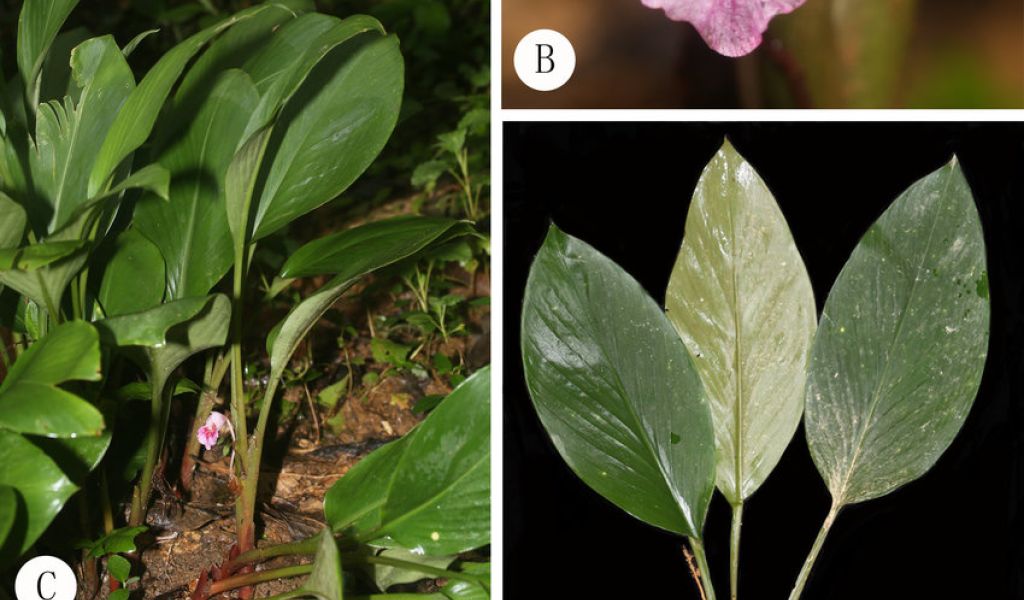ກະຊາຍຂາວ / Fingerroot Ginger
APA 6th ed. ກະຊາຍຂາວ / Fingerroot Ginger. (2024, March 7). Retrieved from https://www.phakhaolao.la/kb/0000264
MLA 8th ed. ກະຊາຍຂາວ / Fingerroot Ginger. Pha Khao Lao, 7 March 2024, https://www.phakhaolao.la/kb/0000264.
Chicago 17th ed. Pha Khao Lao. 2024. "ກະຊາຍຂາວ / Fingerroot Ginger." Published March 7, 2024. https://www.phakhaolao.la/kb/0000264.

Boesenbergia pandurata (Roxb.) Schltr.
Curcuma rotunda L.
Gastrochilus panduratus (Roxb.) Ridl.
Gastrochilus rotundus (L.) Alston
Kaempferia cochinchinensis Gagnep.
Kaempferia ovata Roscoe
Kaempferia pandurata Roxb.
Chinese: 凹唇姜 [ao chun jiang]
Boesenbergia rotunda is a Herb with a short stem that is replaced by pseudostems, formed by leaf sheaths growing up to 50 cm tall. There are 3–4 leaves which are 7–11 cm in width and 25–50 m in length, which are not divided, oval or elongate shape. The surface of rhizomes is light brown and yellow inside, ovoid‑globose, and strongly aromatic. Its rhizomes look‑like fingers which growing from a central part.
- Food: The rhizomes of B. rotunda have been used as spices, flavoring agents, dyes and as traditional medicine.
- Medicine: The uses or phytochemical properties of B. rotunda from several literature reviews are anti‑allergic, antibacterial, anti‑Helicobacter pylori, anti‑leptospiral, anticancer, anti‑inflammatory, antioxidant, antiulcer, and anti‑dengue viral, and anti‑herpes viral activities and wound healing. It also uses to treatment hepatic disease. Moreover, it can act as larvicidal and pupicidal activities.
- Income: Nowadays they are sold in many local markets.
- Ornamental: Popularly planted as an ornamental plant in front of the house.
